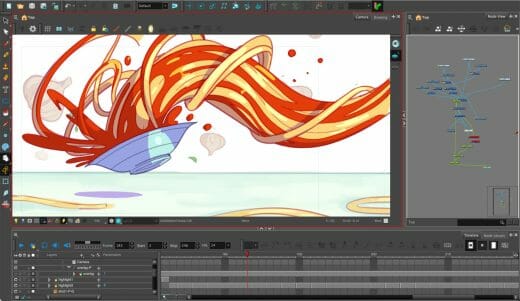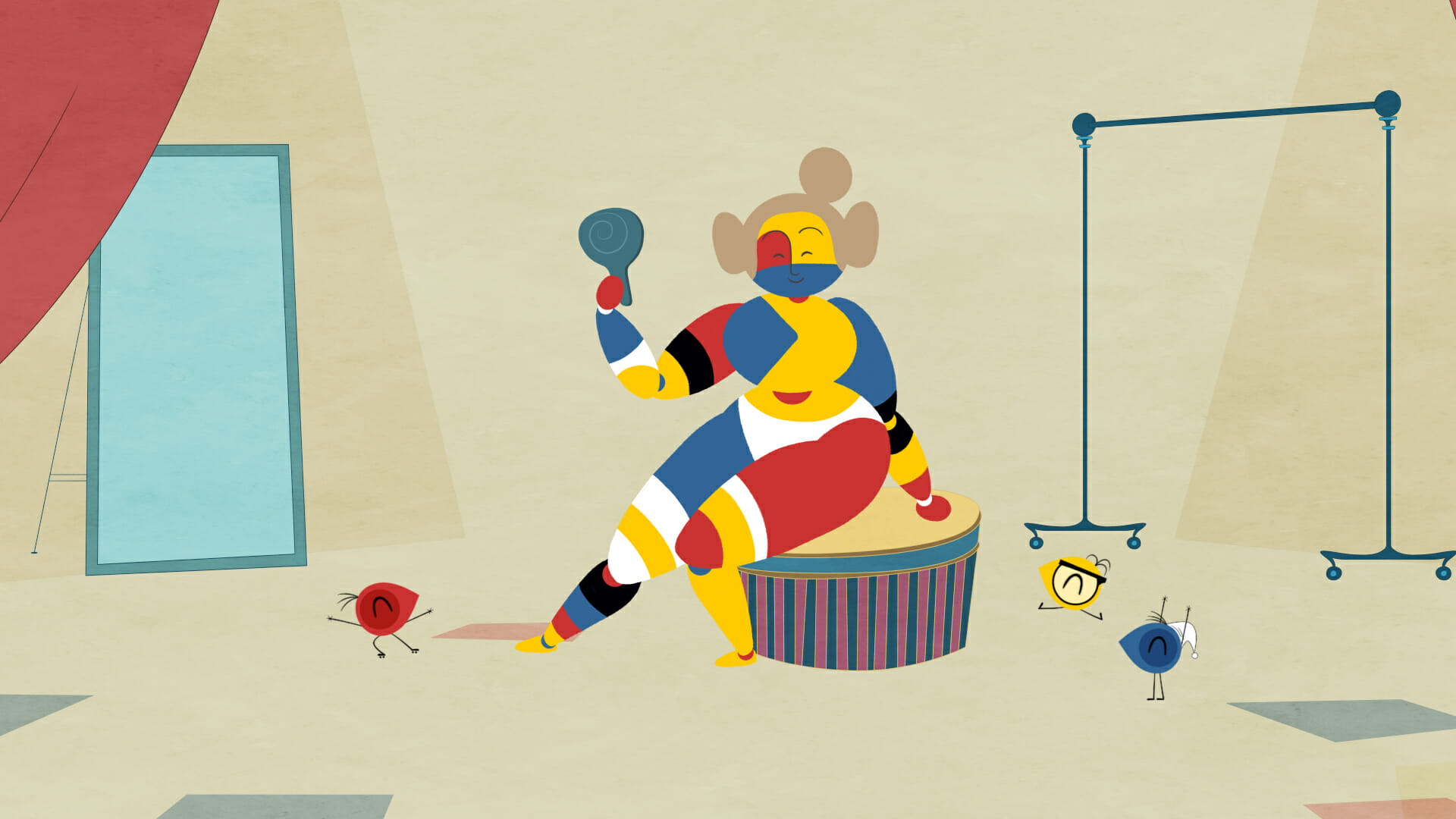
Mironins is an adventure-filled animated series starring three tiny paint drops — Ro, Low and Blu — which escaped from the work of Spanish expressionist artist, Joan Miró. Now that they’ve managed to leave the dark and boring storage room, they can live among the museum’s exhibitions.
This children’s series, produced by Mikel Mas, aims to educate young viewers about art through a myriad of fun and exciting adventures. While Mironins began as a TV series, the goal is to expand the series into a transmedia project.
We caught up with Mikel Mas (the producer of Mironins), Victor Rago (animation director), and Pedro Alpera (rigging artist) to learn more about how this project went from pitch to production.
What was the inspiration for Mironins, and how did the project get started?
Mikel Mas: The Mironins project officially got started in 2013. It was originally inspired by the work of Joan Miró, who was a Spanish painter, sculptor and ceramicist born in Barcelona. There is now a museum dedicated to his work, the Fundació Joan Miró, in his native city of Barcelona. In that museum, an activity book had been released for children visiting the exhibitions. It was this activity book that inspired my idea for a transmedia project that would include an animated series.
I worked on developing a full proposal and eventually began pitching it. The goal of the proposal was to show how the project would combine creativity with education. I felt that it was a unique angle to use characters, like the paint drop characters in Mironins, to introduce the work of an artist. In pitching the project, we proposed to first make the TV series, and to later introduce other transmedia elements, like an augmented reality experience.
We found that pitching this project was a challenge. Mironins is a comedy mixed with educational aspects. Many broadcasters wanted comedy and adventure, but weren’t as interested in educational content. Despite this, we persevered. And fortunately have been successful in landing three public broadcasters in Spain, as well as one in Belgium.
How big is the team working on Mironins, and how did the team come together?
Mikel Mas: Mironins is being produced by 5 production companies: Cornelius Films, Wuji House, Hampa Studio, Walking the Dog and Peekaboo Animation in collaboration with Successió Miró & Fundació Joan Miró. The team is spread across Spain, Belgium, Chile, Argentina, and other regions, and we total around 50 people.
How does the transmedia format of the project enhance the experience of Mironins for your audience?
Mikel Mas: Mironins is more than just a TV series. The project includes a book, an augmented reality app, workshops and more. Every platform is helpful for understanding the world of Mironins. By offering different platforms for engaging with the content, we’re able to create an immersive and enriching experience for our viewers, who are mainly children.
For example, last summer we went to Mallorca to introduce the series at the Atlantida Film Festival. We presented 9 episodes of the series in a feature format. The children were super receptive, and wanted to watch more, which was great to see. Following the viewing, the kids could attend a workshop we organized. In the workshop, they learned to do basic animation using the motion technique seen in the show. Combining the TV series with a workshop made the Mironins experience interactive for the children, creating many opportunities for them to learn about art and animation.
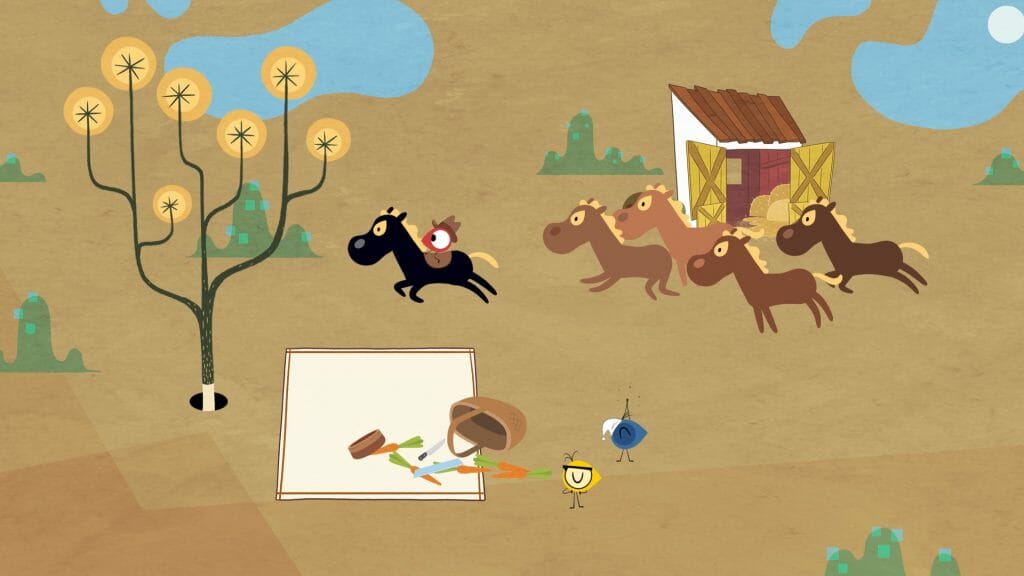
Victor, can you describe the style of animation in Mironins, and why you went with that style?
Victor Rago: Miró is a painter with such a range of work that it would have been difficult to translate his style of painting into the animation. You’d have to choose a specific period of art for a cohesive look. Therefore, we kept the art and animation separate and included some aspects of Miró’s expressionist work in subtle parts of the show, like in the backgrounds.
We actually didn’t commit to a single or specific style. Instead, we gave a nod to different styles, like classic animation. For example, we included slapstick actions like you’d see in 1950s animation, but also included limited animation as you’d find in 1960s and 70s television. And, we included some modern elements alongside those classic ones.
I learned a lot from working with the animation director behind the children’s series Pocoyó. So, I brought some of the practises from that production to Mironins, especially when it came to efficiency. We used as few drawings as we could to convey as much motion as possible. This can sometimes make the animation appear snappy, but that was a stylistic choice on our part.
I wanted our animators personalities to come through, so we didn’t have a strict style guide for them to follow. I encouraged every animator to put themselves into the animation so it didn’t look mechanical. This way, viewers can feel that there are actual people behind what they see on the screen. I think this personal touch gives the show a unique look and makes it fun to watch.
Pedro, can you share with us your process in creating character rigs for Mironins?
Pedro Alpera: Yes, my role in creating the rigs was to avoid getting in the way of the animators. I aimed to create a rig that would enable them to animate comfortably, and with space for creativity. I balanced this need for comfort with ensuring the rig would avoid any breaks. Overall, I went with a flexible rig that supported the animators in animating in a traditional, simple way.

What tools in Harmony did you rely on most for Mironins, and how did they help in animating the show?
Victor Rago: Rigging saves a lot of time, and so the rigging tools in Harmony were incredibly important in animating Mironins. We wanted to avoid the show looking too much like it used rigged puppets, instead going for a loose and cartoony look. Harmony’s rigging tools are robust enough that we were able to achieve this look, while still benefiting from the speed that a rig provides.
Pedro Alpera: I especially relied on the master controllers and sliders in creating the rig. There are a lot of characters in Mironins and the rigs had about 10-20 poses that the animator would be able to choose from per character. So, we used the sliders as pose libraries. I put the poses in different key frames, which was a big time saver for the animators because they didn’t have to do the posing themselves, while still having access to all the tools within the rig.
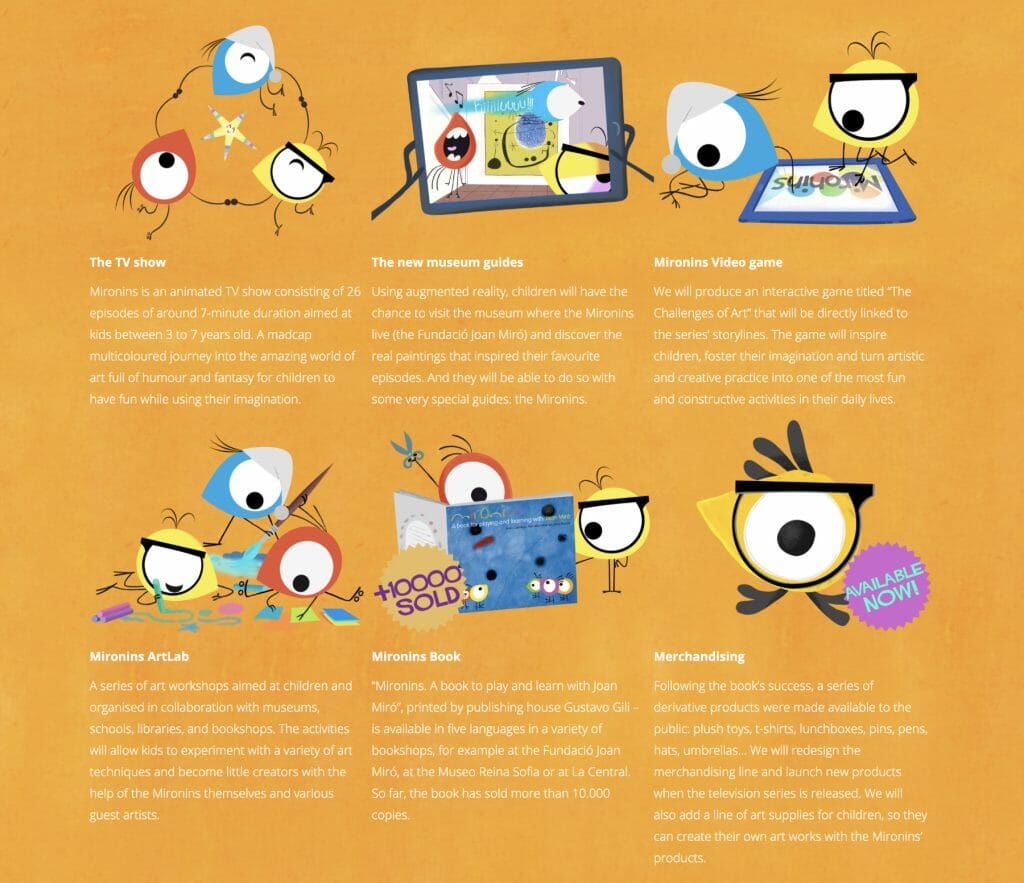
Has your team encountered any challenges in making this transmedia project, and if so, how did you overcome them?
Victor Rago: Our biggest challenge was probably one that most artists in the animation industry faced this year. Because of the pandemic, our team didn’t get to work in person together. Production started just as the pandemic hit, which raised a lot of doubts for us right from the beginning. We had planned to do production in person, and so shifting to strictly remote work was overwhelming.
Even the teams that were in the same country were spread throughout different cities. And of course, having artists in different countries meant we sometimes faced challenges with time differences. Tasks and collaborations that would take five or ten minutes in person end up taking all day when you’re working remotely across time zones. As time went on, things did become smoother, we just had to hone our communication skills to work in a remote environment, and that took adjustment.
Mikel and I live in the same city, and we met for the first time when production was already half way done. I haven’t even met Pedro yet! He’s only ever been a floating head on my computer screen.
What tips do you have for artists who want to pitch an animation project?
Mikel Mas: Be patient and be persistent. Pitching can be a long and time consuming process, and in most cases, you’ll be rejected at least a few times before your project gets picked up. Don’t give up, keep at it. And, when your project does get picked up, pick your team carefully. Be sure to choose people who have the skillset to do good work, and are aligned with your vision. They should share your passion and knowledge when it comes to every aspect of the project.
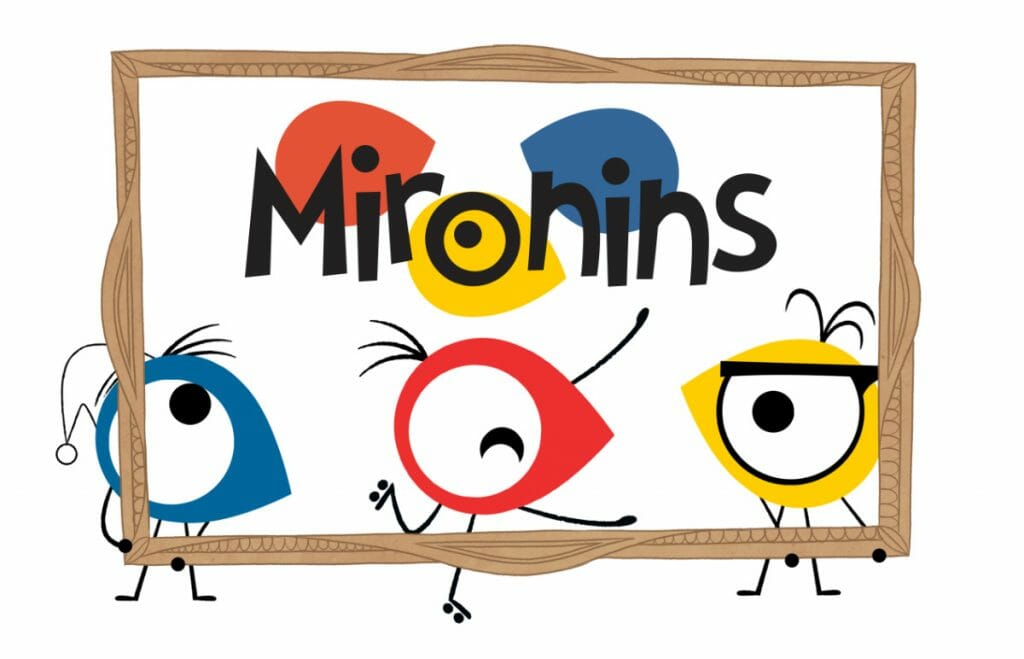
Want to see more from Ro, Low and Blu? Be sure to visit the production’s official website to learn more about Mironins.


